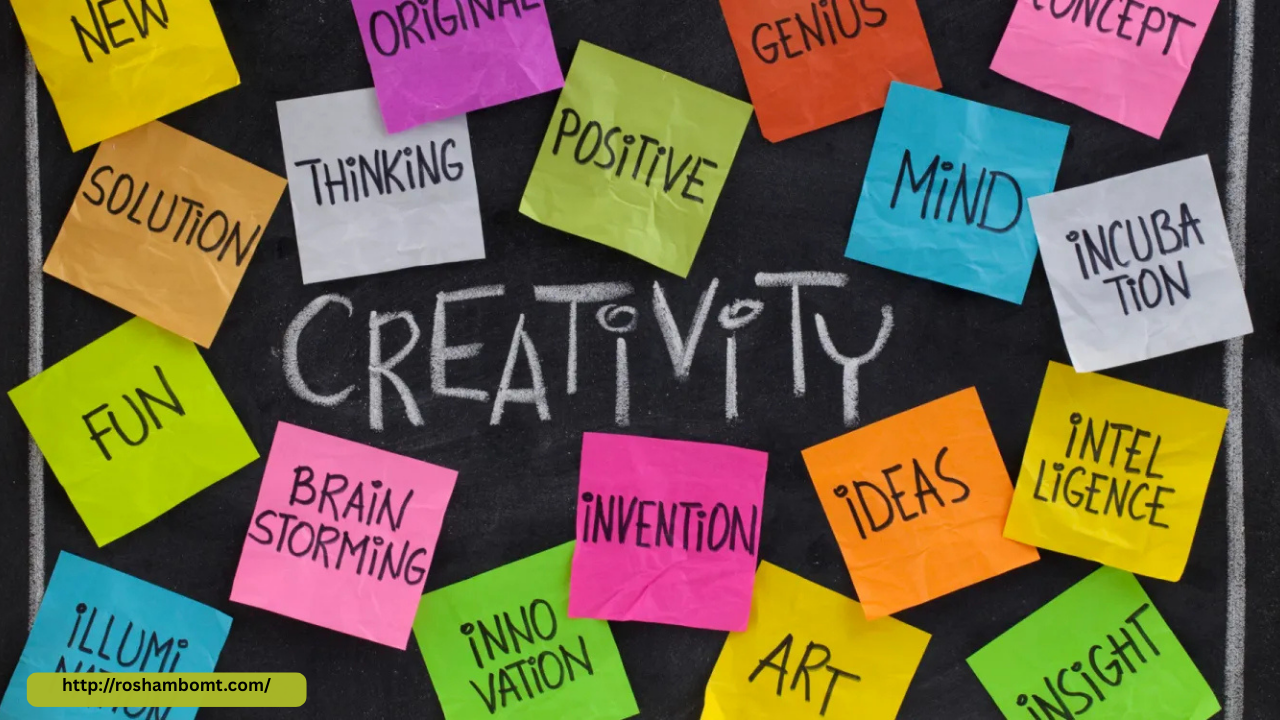
Staying inspired is essential for artists, yet creativity doesn’t always flow effortlessly. For many, inspiration is not just a stroke of luck but the result of intentional daily habits that nurture their imagination and keep their creative energy alive. These routines may vary across disciplines and personalities, but certain practices consistently help artists stay connected to their muse.
Cultivating a Morning Ritual
Many artists begin their day with a morning ritual that helps them center themselves before diving into their creative work. This could include journaling, meditation, reading, or simply enjoying a quiet cup of coffee. These rituals set a reflective tone for the day and allow artists to process their thoughts and emotions—key ingredients for creative expression.
One popular method is “morning pages,” a practice introduced by Julia Cameron in The Artist’s Way. It involves writing three pages of stream-of-consciousness thoughts each morning to clear mental clutter and uncover deeper creative ideas.
Consistent Creation Time
Daily practice is a powerful tool for staying inspired. Artists who dedicate even a small portion of each day to their craft—be it sketching, writing, playing music, or brainstorming concepts—develop a creative rhythm. This consistent engagement not only sharpens skills but also signals to the brain that it’s time to create, even when inspiration isn’t immediately present.
By treating creativity as a discipline rather than waiting for the perfect moment, artists train themselves to work through blocks and generate ideas more reliably.
Exploring New Experiences
Inspiration often comes from outside the studio. Many artists actively seek out new experiences to refresh their perspective. This might include traveling, attending concerts or exhibitions, trying new cuisines, or simply taking a walk in nature. These activities feed the senses and provide fresh material for creative interpretation.
Even mundane experiences can spark ideas when approached with mindfulness. Observing the details of everyday life—colors, textures, sounds, and human interactions—helps artists see the world with curiosity and wonder.
Reading and Learning
Reading books, listening to podcasts, and watching documentaries are all effective ways to stimulate the mind. Artists often draw inspiration from different fields such as philosophy, science, history, or literature. Continuous learning broadens their understanding and introduces new concepts that can be translated into their work.
In addition, studying the work of other artists—both past and contemporary—can be highly motivating. Seeing how others approach their craft encourages reflection, experimentation, and innovation.
Rest and Reflection
Rest is as vital to creativity as active work. Sleep, downtime, and moments of stillness allow ideas to incubate and connections to form subconsciously. Many artists incorporate daily rest periods or mindful practices like yoga or meditation to restore mental clarity.
Reflection through journaling or reviewing past work also helps artists recognize their growth and spark new ideas from old concepts.
Conclusion
Staying inspired is not a passive process—it’s an ongoing practice fueled by daily habits. Through intentional routines, exploration, learning, and reflection, artists keep their creativity alive and thriving. These habits not only sustain artistic output but also enrich the personal journey of the creative life.